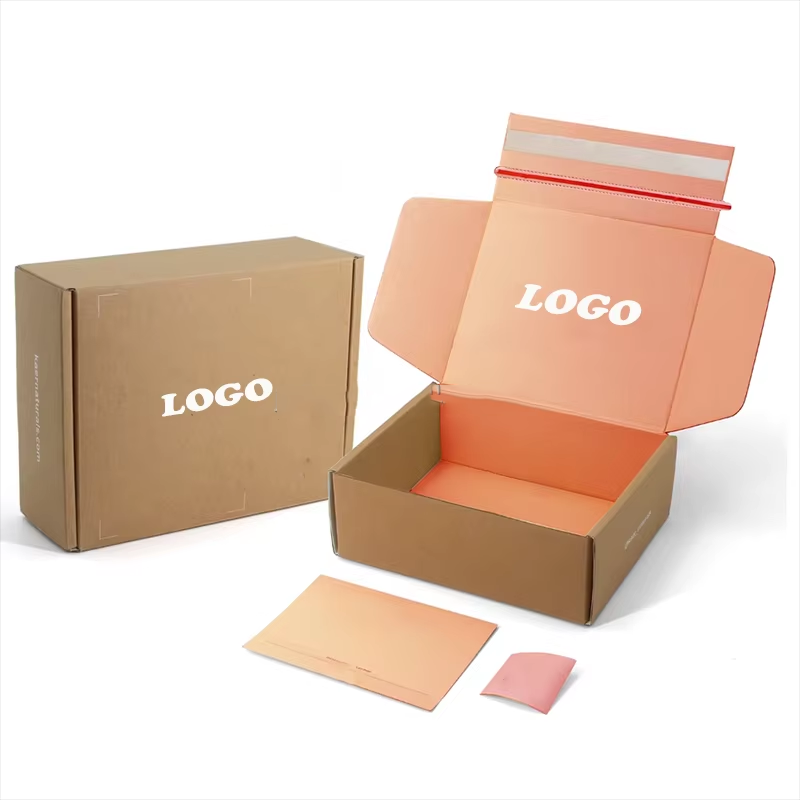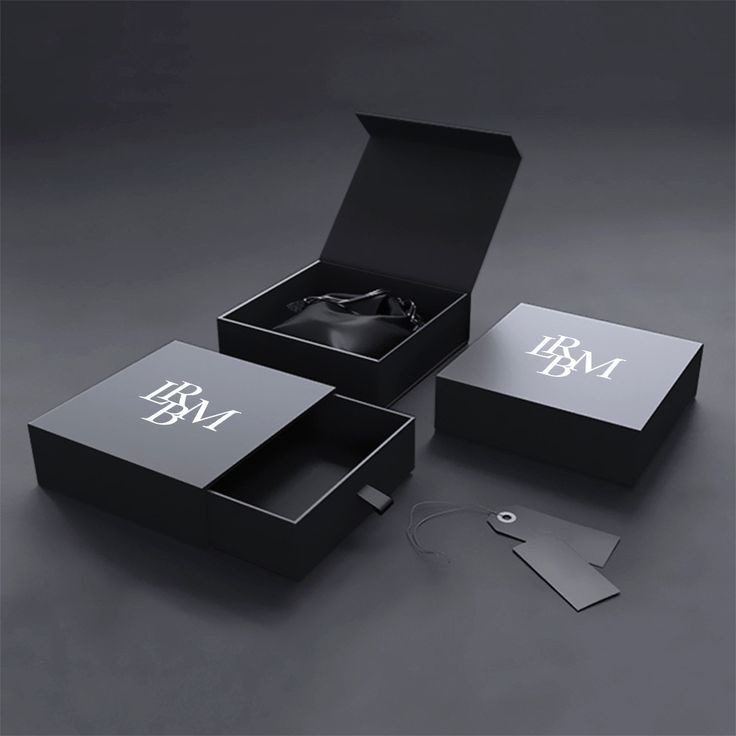Revolutionizing Sustainable Packaging Solutions
The packaging industry is witnessing a remarkable transformation as businesses and consumers alike embrace more sustainable solutions. At the forefront of this green revolution are corrugated boxes, which have emerged as the go-to choice for environmentally conscious companies. These versatile packaging solutions combine durability with sustainability, offering a perfect balance between protection and environmental responsibility.
The growing awareness of environmental issues has pushed businesses to reevaluate their packaging choices, leading to an unprecedented surge in the adoption of corrugated boxes. From small e-commerce startups to major retail giants, organizations are recognizing the multiple benefits these eco-friendly containers bring to their operations and brand image.
Understanding the Environmental Impact of Packaging Choices
The Environmental Advantages of Corrugated Materials
Corrugated boxes stand out in the packaging industry due to their impressive environmental credentials. Made primarily from recycled paper and cardboard, these boxes boast a significantly lower carbon footprint compared to plastic alternatives. The manufacturing process requires less energy and produces fewer emissions, while the end product is fully biodegradable and recyclable.
What makes corrugated boxes particularly environmentally friendly is their circular lifecycle. Once used, they can be easily broken down and recycled into new packaging materials, creating a sustainable loop that reduces waste and conserves natural resources. This recyclability factor has made them increasingly popular among environmentally conscious businesses and consumers.
Reducing Carbon Footprint Through Smart Packaging
The lightweight nature of corrugated boxes contributes significantly to reducing transportation-related emissions. Their design allows for efficient stacking and storage, maximizing space utilization during shipping and warehousing. This efficiency translates to fewer delivery trips and lower fuel consumption, further minimizing the environmental impact of logistics operations.
Additionally, modern corrugated box designs incorporate innovative features that reduce material usage while maintaining structural integrity. These advancements in engineering and manufacturing have led to lighter yet stronger boxes, optimizing both environmental performance and protective capabilities.
The Economic Benefits of Sustainable Packaging
Cost Effectiveness of Corrugated Solutions
Beyond their environmental benefits, corrugated boxes offer significant economic advantages. The relatively low production costs and widespread availability of raw materials make them a cost-effective choice for businesses of all sizes. The scalability of corrugated packaging solutions allows companies to adjust their packaging needs without incurring substantial additional expenses.
The durability of modern corrugated boxes also reduces product damage during transit, leading to fewer returns and replacements. This reliability translates to cost savings in terms of both product protection and customer satisfaction, making them an economically sound choice for businesses focused on their bottom line.
Marketing Advantages and Brand Enhancement
Using corrugated boxes as packaging solutions can significantly enhance a brand's image. With consumers increasingly prioritizing environmental responsibility, businesses that adopt sustainable packaging options often experience improved customer perception and loyalty. The customizable nature of corrugated boxes allows for creative branding opportunities, turning simple packaging into effective marketing tools.
Companies that prominently communicate their use of sustainable packaging often see increased customer engagement and positive social media attention. This marketing advantage can lead to improved market position and potentially higher sales, making the switch to corrugated boxes a smart business decision.
Innovations in Corrugated Packaging Technology
Advanced Design and Manufacturing Techniques
The corrugated box industry continues to evolve with technological advancements. Modern manufacturing processes incorporate sophisticated design software and precision cutting equipment, enabling the creation of custom-fit packaging solutions that minimize material waste. These innovations have led to stronger, lighter, and more efficient packaging options that meet diverse business needs.
Recent developments in coating technologies have also improved the moisture resistance and durability of corrugated boxes without compromising their recyclability. These advancements have expanded the potential applications of corrugated packaging, making them suitable for an even wider range of products and industries.
Smart Packaging Integration
The integration of smart technology with corrugated packaging is opening new possibilities for supply chain management and customer engagement. QR codes, RFID tags, and other tracking technologies can be easily incorporated into corrugated boxes, enabling real-time monitoring of shipments and enhanced inventory management.
These smart features also facilitate better communication with customers, providing them with product information, authenticity verification, and recycling instructions. This combination of sustainability and technology demonstrates how corrugated boxes are evolving to meet the demands of modern commerce.

Future Trends in Sustainable Packaging
Emerging Technologies and Materials
The future of corrugated boxes looks promising with ongoing research into new materials and manufacturing techniques. Biodegradable coatings, antimicrobial properties, and enhanced strength-to-weight ratios are just some of the innovations being developed. These advancements will further improve the performance and sustainability of corrugated packaging solutions.
Industry experts predict a continued shift towards more sustainable packaging options, with corrugated boxes leading the way. The development of new fiber sources and processing methods will likely result in even more environmentally friendly and cost-effective packaging solutions in the coming years.
Regulatory Changes and Market Adaptation
As environmental regulations become stricter worldwide, the demand for sustainable packaging solutions continues to grow. Businesses are proactively adopting corrugated boxes to comply with current and anticipated environmental legislation. This regulatory pressure, combined with consumer preferences, is driving further innovation in the corrugated packaging industry.
The market is responding with increased investment in research and development, leading to more sophisticated and sustainable packaging solutions. This adaptation ensures that corrugated boxes will remain at the forefront of eco-friendly packaging options for years to come.
Frequently Asked Questions
Are corrugated boxes truly sustainable?
Yes, corrugated boxes are highly sustainable as they are made primarily from recycled materials and are completely recyclable themselves. Their production process has a lower environmental impact compared to many alternative packaging materials, and they can be recycled multiple times without significant quality degradation.
How do corrugated boxes compare to plastic packaging in terms of cost?
Corrugated boxes are generally more cost-effective than plastic packaging when considering the total lifecycle costs. They are cheaper to produce, transport, and store. Additionally, their recyclability means businesses can often receive rebates or savings through recycling programs, further reducing overall packaging costs.
What makes corrugated boxes suitable for various industries?
The versatility of corrugated boxes makes them ideal for multiple industries. They can be customized in terms of size, strength, and design to meet specific product requirements. Their excellent protective properties, combined with their sustainability credentials and cost-effectiveness, make them suitable for everything from delicate electronics to heavy industrial equipment.
 EN
EN
 AR
AR
 BG
BG
 DA
DA
 NL
NL
 FI
FI
 FR
FR
 DE
DE
 IT
IT
 JA
JA
 KO
KO
 NO
NO
 PT
PT
 RU
RU
 ES
ES
 IW
IW
 TH
TH
 MS
MS
 HY
HY




